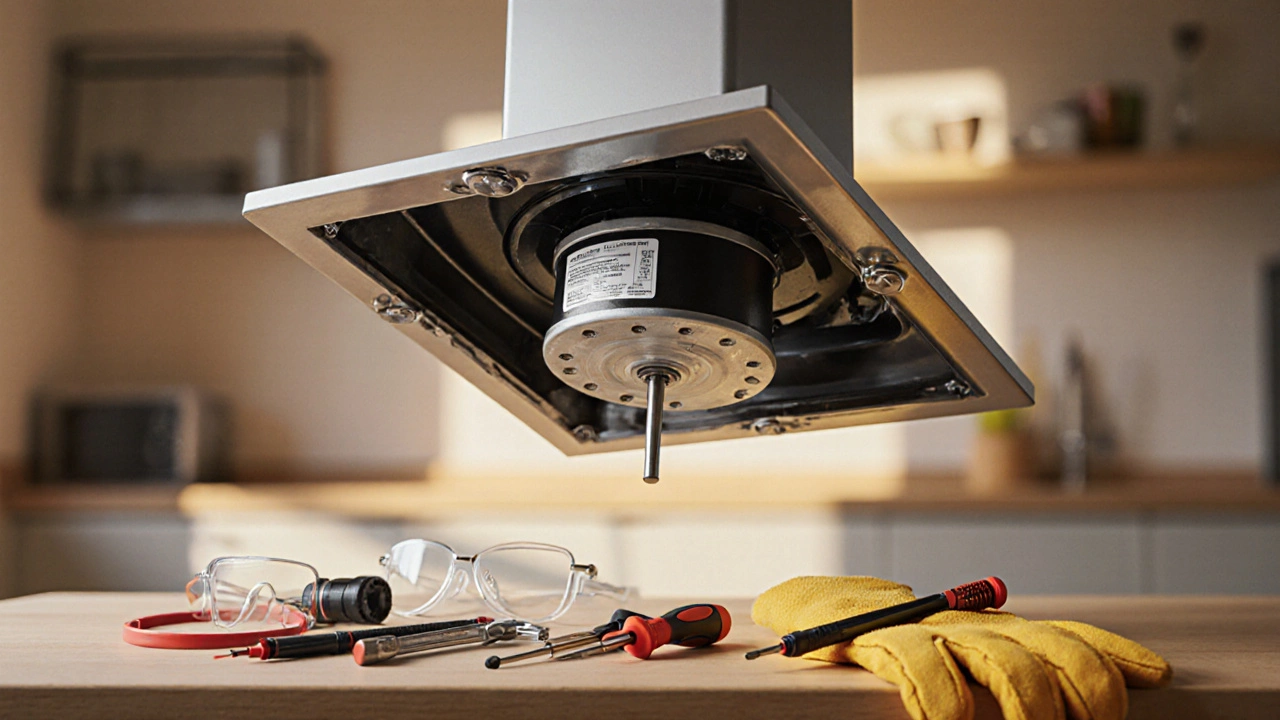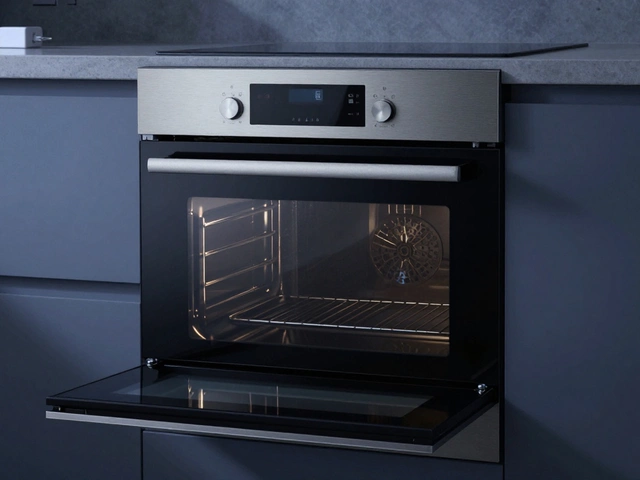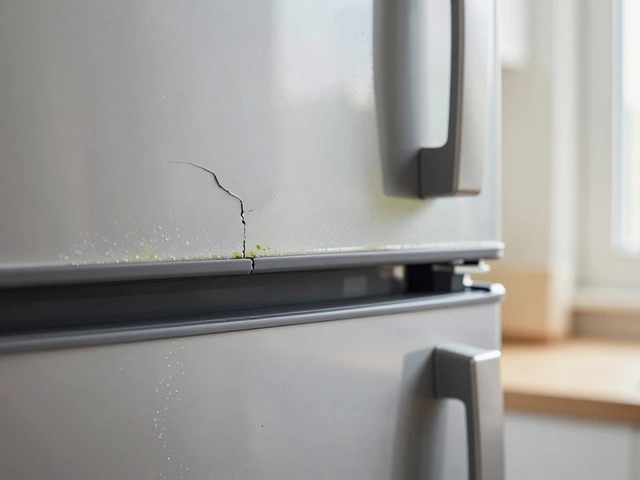Extractor Fan Motor Replacement: What You Need to Know
When dealing with extractor fan motor replacement, the process of swapping out a worn or faulty motor in a kitchen or bathroom fan. Also known as fan motor swap, it restores airflow that keeps steam, smoke, and odors out of living spaces. Extractor fan motor replacement isn’t just a DIY tweak – it touches on safety, electrical codes, and the heart of your home’s ventilation. A broken motor can mute the fan, let moisture linger, and even increase the risk of mold. The fix starts with identifying the exact motor type, checking wiring, and deciding whether you need a specialist. In most cases the job hinges on three things: a working motor, a compatible extractor fan, and a safe power disconnect. When all three line up, you’ll notice the fan humming back to life, the kitchen clearing quicker, and the bathroom staying dryer. But before you pop the cover, remember that a faulty motor reduces ventilation efficiency, which in turn can affect indoor air quality and even increase energy bills. That’s why a proper replacement is a small investment that pays off in comfort and lower running costs.
Who Should Handle the Replacement?
Most homeowners think an electrician can tackle any fan, but the reality is a bit more nuanced. A qualified ventilation specialist knows the exact fan ratings, airflow requirements (measured in CFM), and how to match a motor to the fan’s housing. They also understand the UK building regulations that dictate when a fan must be upgraded for safety or energy efficiency. An electrician, on the other hand, is essential for handling the live wires, ensuring the circuit is correctly isolated, and testing that the new motor meets electrical standards. The best practice is a collaboration: the ventilation specialist selects the right motor and fits it, while the electrician verifies the wiring and restores power safely. This partnership reduces the chance of a short circuit, protects the fan’s warranty, and speeds up the job. Moreover, a proper motor swap often includes cleaning the fan blades and checking the ductwork for blockages – steps that a specialist will include in the service. By choosing the right professionals, you avoid common pitfalls like mismatched motor sizes, noisy operation, or premature failures. In short, the replacement requires both mechanical know‑how and electrical safety, making it a task best left to the pros.
Below you’ll find a curated collection of articles that dive deeper into each aspect of extractor fan motor replacement. From troubleshooting noisy fans and picking the right motor size, to understanding when a simple repair won’t cut it and a full fan upgrade is needed, the posts cover practical DIY checks, cost guides, and professional advice. Whether you’re deciding if you can handle the job yourself or you’re ready to call a qualified technician, these resources will give you the confidence to make the right call for a healthier, better‑ventilated home.
Learn how to safely replace an extractor fan motor yourself. Step‑by‑step guide, tools list, motor types comparison, safety tips, and troubleshooting advice.


